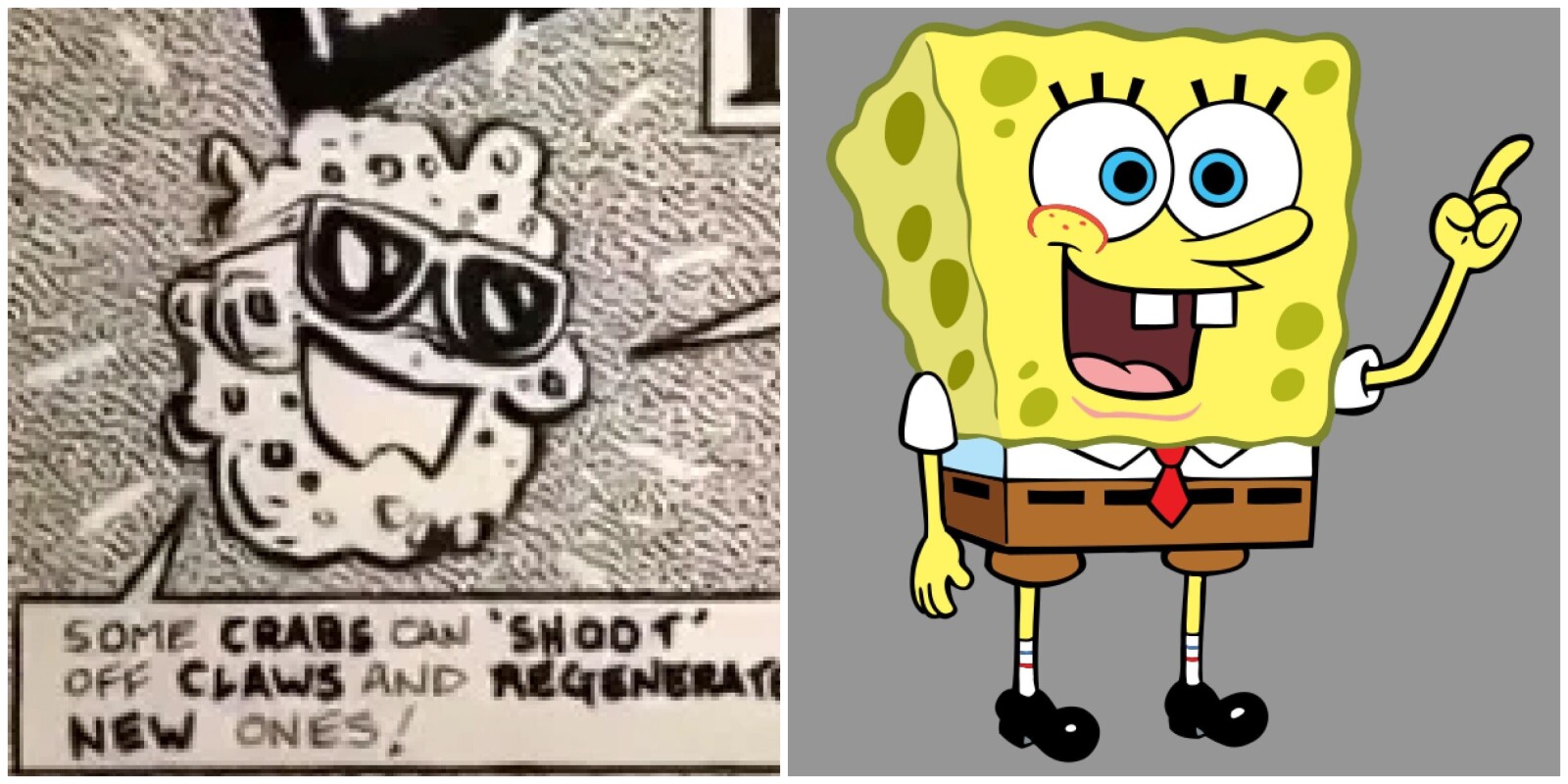10 Cartoons That Almost Looked A Lot Different

Every once in a while, when a cartoonist is developing a TV show, they have a clear vision for what they want and something resembling their initial vision actually makes it to our screens. Most of the time, however, animation takes a good deal of development and lots of rejected designs. Here are 10 such pieces of concept art that were a long way from the final product…
Mission Hill

In our recent oral history of Mission Hill, creators Bill Oakley and Josh Weinstein revealed that they gave the WB three options when it came to the show’s character designs, one of which (top) was inspired by animation from the 1930s. However, they admitted that they only pitched that one as an option to get what they wanted — a mix of the second and third concepts.
Avatar: The Last Airbender

Aang from Avatar: The Last Airbender was always a little bald boy, but his animal compatriots originally looked much different. Appa the loyal sky bison was more of a gorilla mixed with a dog at the very start while Momo the winged lemur was going to be a robot cyclops monkey.
Fairly OddParents

Before they were spritely little fairies, Cosmo and Wanda were going to be heavier and decidedly less adorable. The original designs are funny concepts, but it’s hard to imagine Timmy would want these creeps around him for 10 seasons.
Teenage Mutant Ninja Turtles (2003)

When it came time for Teenage Mutant Ninja Turtles co-creator Peter Laird to relaunch the heroes in a half-shell in the early aughts, he wanted something less comedic than the 1987 cartoon and more akin to the original comic books. Several different concepts were proposed, including doing the show in early CGI, but they ultimately went with artwork inspired by TMNT artist Michael Dooney (bottom).
SpongeBob SquarePants

Before Steve Hillenburg created SpongeBob SquarePants, he was a marine biologist. During that time, he created an educational comic book called The Intertidal Zone, which had several prototypes of his future characters, including Bob the Sponge (left). The character later became “Spongeboy,” and finally, SpongeBob.
Clone High

The clones from Clone High were originally more detailed (top), but before they reached the airwaves for their unjustly short run, Abe, JFK, Cleo and the rest were noticeably streamlined.
Beast Wars: Transformers

Transformers has always been about selling toys first and foremost, and the same held true for the 1996 series Beast Wars: Transformers. Before any kind of show was in the works, Optimus Primal, the leader of the noble Maximals, was a bat while the evil Predacon leader Megatron was an alligator. Fortunately, when they developed the cartoon, both were given an upgrade. Optimus Primal became a gorilla, and Megatron became a tyrannosaurus.
The Flintstones

Although most cartoons make their designs simpler before they hit the airwaves, The Flintstones made things slightly more detailed by giving their faces more personality. Hanna-Barbera also added beard lines to Fred and Barney, which was an animation cost-saving measure as it allowed just the mouth to be animated as opposed to the entire head for every frame.
Animaniacs

Before they were nondescript monkey-type things, the Animaniacs began as ducks. There were also four of them — named Yakky, Smakky, Wakky and an unnamed sister. Over time, one of the siblings was given the boot, the girl was named Dot and the two boys adopted the Marx Brothers-inspired names Yakko and Wakko.
The Simpsons

Then, of course, there’s The Simpsons. Their designs from The Tracey Ullman Show certainly informed their final form, but it’s hard to imagine this ugly family could last more than 35 seasons in their original form.